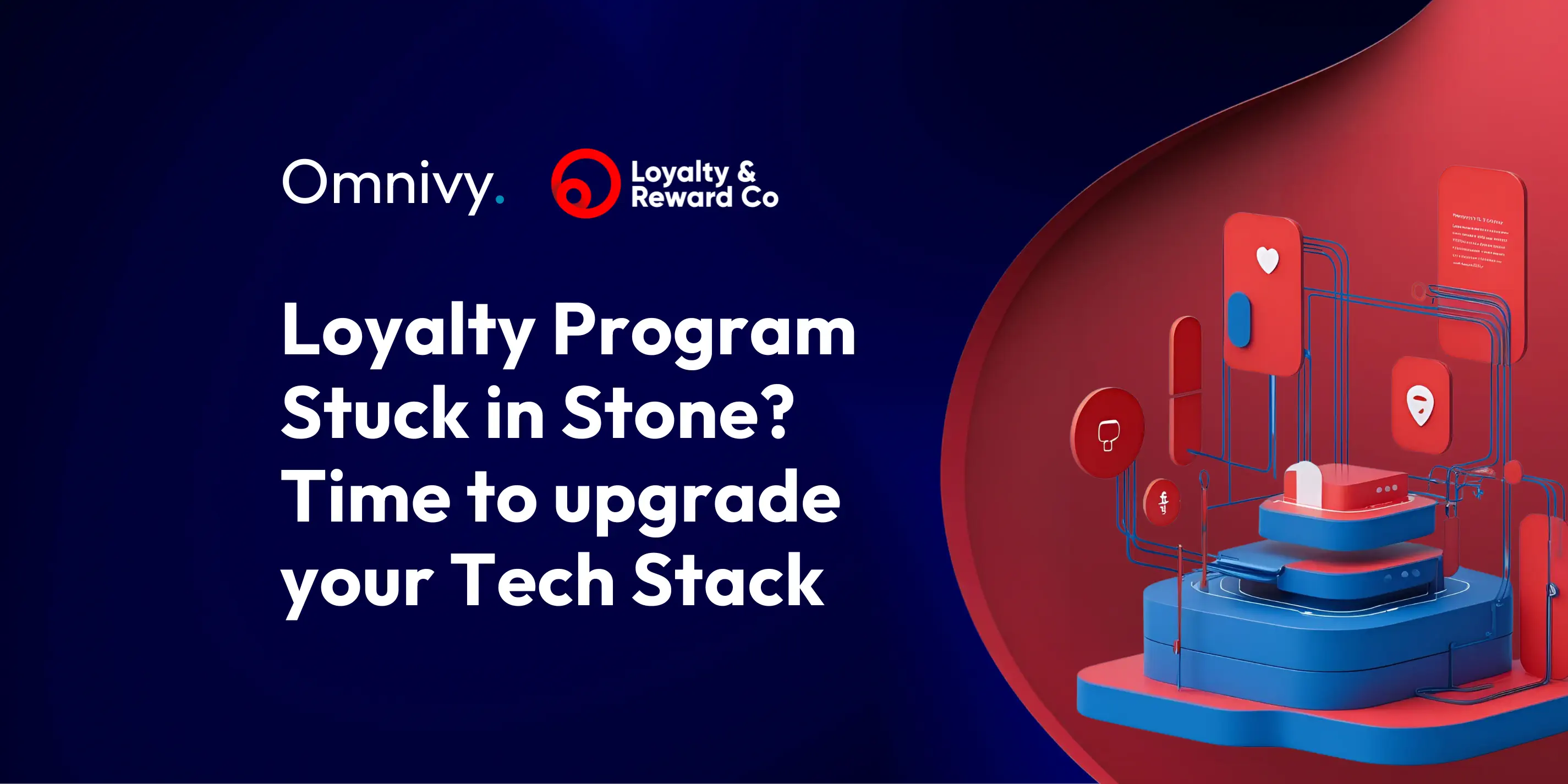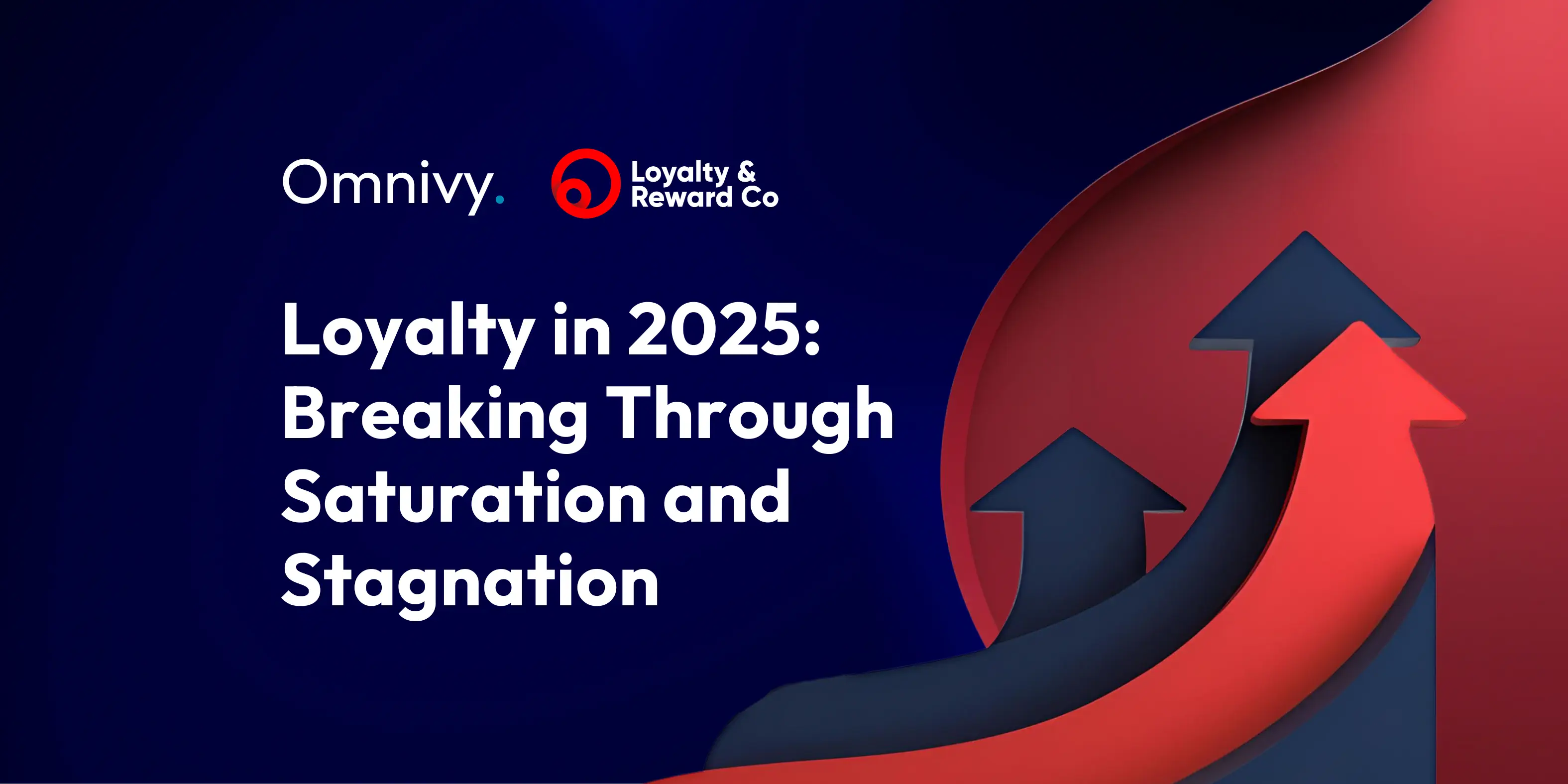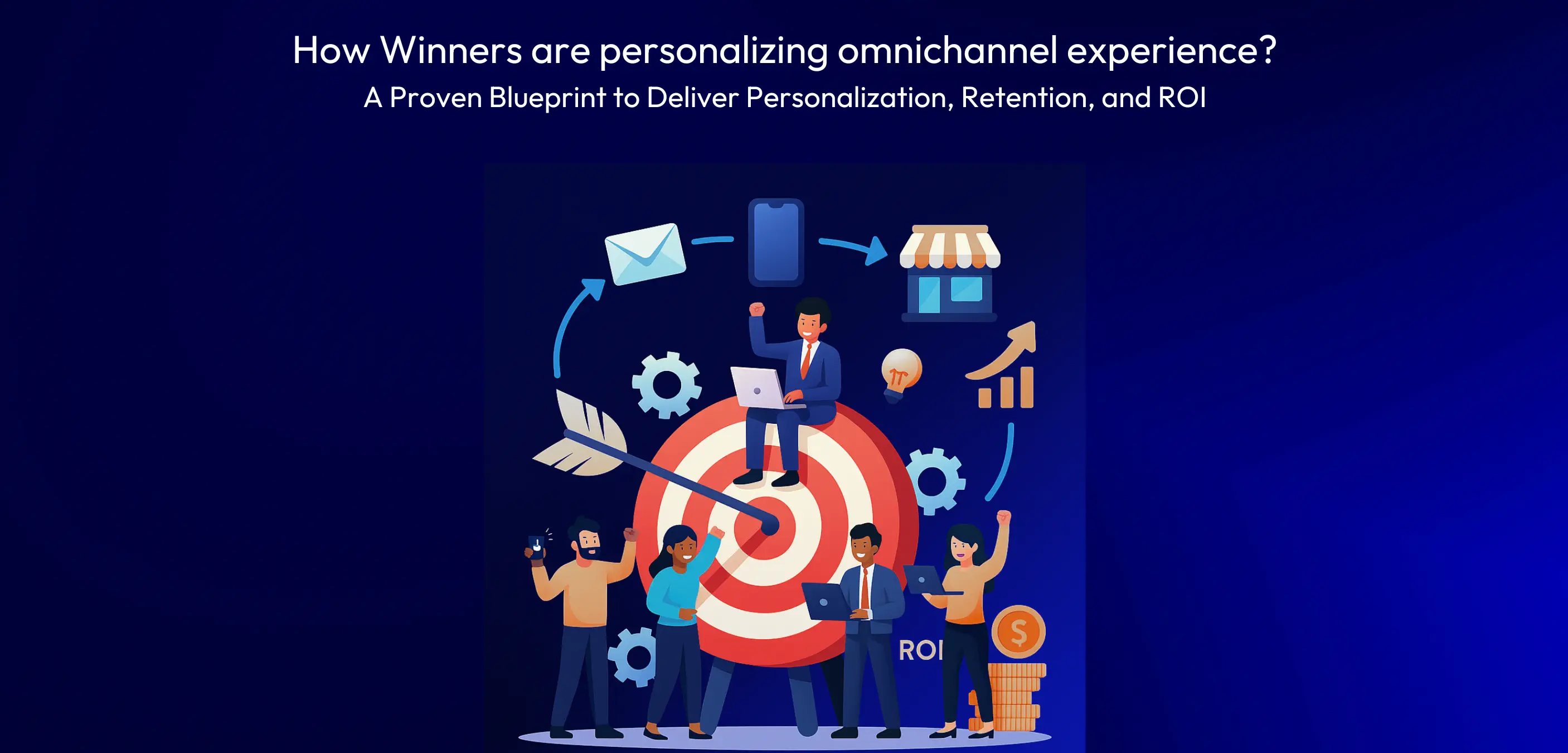Mobile apps have become essential platforms for managing loyalty programs, especially in the fuel industry that relies heavily on them to foster customer engagement. Well-designed apps allow fuel businesses to connect with customers, improve the convenience of every visit, and promote innovative and high-margin offers.
They simplify tracking purchasing behaviors, understanding needs, driving engagement, and ultimately, boosting revenue. Investing in a customer-friendly mobile app is now a necessity, not just an option.
Essential elements in loyalty apps for the fuel industry
Before diving into the fancy stuff, let's start with the basics that each app should offer as a strong foundation for fuel loyalty programs and seamless customer journeys.
- Effortless Use: Make it simple! A critical factor influencing a customer's willingness to engage with a loyalty program is the ease of use, from creating an account to redeeming rewards, the customer experience should be intuitive and smooth.
- Digital Rewards Catalog: Allow customers to redeem loyalty points directly within the app. The app should offer options to convert points into discounts on fuel, in-store purchases, or other rewards, providing a seamless experience.
- Data at Fingertips: Provide easy access to loyalty data like points balance and purchase history, keeping customers informed and engaged.
- Digital Wallet: Replace bulky physical cards with a secure digital loyalty card stored securely and conveniently in the app.
- Real-Time Fuel Prices: Offering real-time information on fuel prices at various stations helps customers make informed decisions, potentially leading to cost savings.
- In-App Support: Providing quick and efficient customer support through the app, addressing any questions or issues they may encounter.
These features might not seem like the most exciting things, and they might not be something you'd brag about to your friends. But they serve as the staunch pillars of a loyalty mobile application. They're what keep things running smoothly and make the whole experience effortless for customers.
Next, we'll explore advanced capabilities that can set businesses apart.
Exciting add-ons in loyalty apps for fuel enthusiasts
Today's customers are demanding more than just earning points and getting discounts. In the fierce competition for customers, having a feature-rich mobile app is a must-have to stay ahead of the curve.
If you want to engage your customers, make their lives easier, and offer them something they can't find at just any other gas station, here's how your app can become the secret weapon that keeps customers choosing your pump time after time:
- Raise customer convenience
- Improve customer experience
- Keep customers informed.
Raise customer convenience
In today's fast-paced world, convenience reigns supreme. Customers want to maximize their time and minimize hassle, especially when performing routine tasks like filling up their gas tank. Gas stations can significantly enhance customer loyalty and satisfaction by implementing strategies that prioritize convenience.
The first step to improving customer convenience is to make the payment process easier. Mobile payments streamline the fueling process, allowing customers to pay directly at the pump or from their car using a customer-friendly and intuitive mobile app or even built-in car interfaces that offer payment apps. This eliminates the need to wait in line or fumble with cards and cash, saving valuable time and reducing friction. Furthermore, integrating the payment process within an app significantly streamlines the identification of clients, facilitates the capture of their data, and simplifies the delivery of unique, personalized offers and rewards. This approach eliminates the necessity for customers to present a loyalty ID or make decisions at the least opportune moment—during payment, under the pressure of an impatient queue forming behind them.
To ensure a smooth and fast experience, consider incorporating features like location tracking, QR code scanning, or simple pump number entry. Additionally, supporting various payment methods like credit/debit cards, mobile wallets (Apple Pay, Google Pay), and direct bank transfers caters to diverse preferences. It eliminates the need for physical cards and cash.
Considering the integration of mobile payment systems, it is wise to investigate the possibility of incorporating in-app ordering and payment features. In-app ordering allows customers to browse and pre-order food, drinks, and other convenience items directly through the mobile app. Customers can pay for their orders within the app, eliminating the need to wait in line inside the store and saving valuable time. Pre-ordering also has a significant impact on the potential basket value, as it allows customers to patiently analyze the entire product selection, including cross-sell and up-sell offers, as well as special deals tailored for them. Decisions do not need to be made hastily at the point of sale (POS), but rather in a more comfortable environment where the customer has time to consider and choose. Moreover, it's much easier to present all available rewards, enable the use of coupons, and allow points to be used as a payment option during the checkout process. This leads to better rewards redemption, which is essential for fostering customer engagement, enhancing the perceived value of the loyalty program, and ultimately, securing the loyalty of customers.
The mobile app could level up customer ease by adding extra tools like fuel level tracking, updating them automatically or manually, and giving live predictions on how far you can go. The app can then alert customers when they need to refuel, preventing them from running out of gas unexpectedly. Another example might be a seamless integration of car wash scheduling and pre-payment within the mobile app. This allows customers to schedule and pay for car washes directly through the app, potentially benefiting from discounts or loyalty rewards while streamlining the entire process and saving time.
We can’t forget about Mobile apps such as Yoshi, Fuelster, CAFU, FuelBuddy, and EZFill which have transformed fuel delivery by introducing the concept of 'Uber for fuel.' Customers can simply use an app to request fuel delivery to their location, choose the type of fuel and quantity, and have their vehicle refueled without visiting a gas station. These services often extend beyond just fuel delivery, offering additional services like car washes, oil changes, and repairs, thereby providing a comprehensive vehicle maintenance solution through a single app. Fuel retailers need to consider how to interact, partner, or compete with those new types of players on the market.
Improve customer experience
Enhancing customer experience is not just a necessity but a pivotal factor in business success. It's about understanding and meeting the needs and expectations of customers, creating a positive impression that not only retains their loyalty but also turns them into advocates for your brand.
Retailers are reimagining service stations as more than just places to refuel. By modernizing the pump offerings with alternative fuels and EV charging stations, and capitalizing on real estate to become service hubs, these stations are evolving into destinations for a wide range of services, including food shopping, click and collect, pharmacy purchases, and postal services. This transformation aligns with consumer trends towards convenience and sustainability, making stations central to daily life rather than just a stop for fuel.
It’s crucial that mobile apps respond to that trend and offer:
- Personalized recommendations that go beyond basic loyalty programs by analyzing customer purchase history and preferences. Fuel retailers need to start leveraging advanced digital technologies and AI to hyper-personalize offerings and promotions for their customers. By analyzing customer data, retailers can tailor their services and promotions to individual preferences, enhancing customer loyalty and engagement. This approach involves a deep understanding of customer behavior and preferences, enabling fuel retailers to offer the right product or service at the right time
- Mobile entertainment center for customers waiting during EV charging or meal breaks, retailers should consider integrating interactive content like videos (also through partnerships with 3rd party content providers) mini-games tailored to fuel and travel themes, and educational quizzes about sustainable driving practices. Virtual Reality (VR) in fuel retailer apps can offer immersive experiences, such as virtual tours of distant locations or simulated eco-friendly driving. For example, customers might explore the world's most scenic drives from the comfort of their car during charging or waiting times. Retailers can offer rewards for participation, such as discount vouchers or loyalty points, to incentivize engagement and enhance the overall customer experience at the station.
- Engaging gamification that incorporates game elements like badges, sweepstakes, scratch-and-win contests, shake-and-win promotions, challenges, or leaderboards into the loyalty program. Customers can earn rewards for participating in these challenges, further incentivizing them to engage with the app and the station's offerings. Gamification can make the loyalty program more fun and interactive, increasing customer engagement and potentially driving repeat business.
- Sustainability features: Eco-friendly offers and promotions, such as extra points for recycling or donations to environmental causes, align with the values of modern consumers and encourage participation. The carbon footprint tracking feature in fuel mobile apps allows customers to monitor the environmental impact of their driving habits. By inputting or automatically tracking fuel consumption, type of fuel used, and distance traveled, the app calculates the carbon emissions produced. This innovative tool not only raises awareness about individual contributions to climate change but also motivates customers to adopt more eco-friendly driving practices. It can suggest ways to reduce emissions, such as optimizing routes for fuel efficiency, encouraging the use of EVs, or participating in carbon offset programs.
- The EV charging spot reservation feature in fuel retailer mobile apps allows electric vehicle owners to book a charging station in advance, ensuring they have a guaranteed spot when they arrive. This feature addresses the growing demand for EV infrastructure and reduces waiting times at charging stations, offering a seamless experience for EV drivers. Through the app, customers can locate available charging stations, reserve a specific time slot, and even pay for the charging session beforehand, making the process convenient and efficient.
Keep customers informed
In the age of information, customers expect to be updated about the products and services they use, changes in company policies, and any other news that could affect their interaction with the brand. This holds significant value for members of loyalty programs who seek information about promotions and offers, but on the other hand, they don't want to be flooded with spam. Combining appropriate information with personalized offers might boost customer loyalty. Here are some ways to communicate with your loyal customers:
- Engaging push notifications: Instead of constant, generic messages, this feature utilizes timely notifications to inform customers about new offers, discounts, and reward opportunities that are relevant to their preferences. This helps ensure customers are aware of the latest benefits available and encourages them to actively engage with the app and the station's offerings. By sending targeted notifications, the app can avoid information overload and maintain a higher level of customer engagement.
- Location-based navigation and offers: Leverage the power of GPS technology to guide customers to the nearest petrol station affiliated with the program. Additionally, it can provide location-specific offers and promotions based on the customer's current location. This can be particularly helpful when traveling or unfamiliar with an area, ensuring customers can easily find a convenient station and potentially benefit from targeted deals.
A well-designed mobile application for fuel loyalty programs should prioritize customer convenience, offer a personalized customer experience, ensure secure transactions, and provide additional functionalities that add value to the customer's journey. By incorporating these trends and functionalities, fuel retailers can foster customer loyalty, increase engagement, and stay competitive. The right app should be a key business investment.




